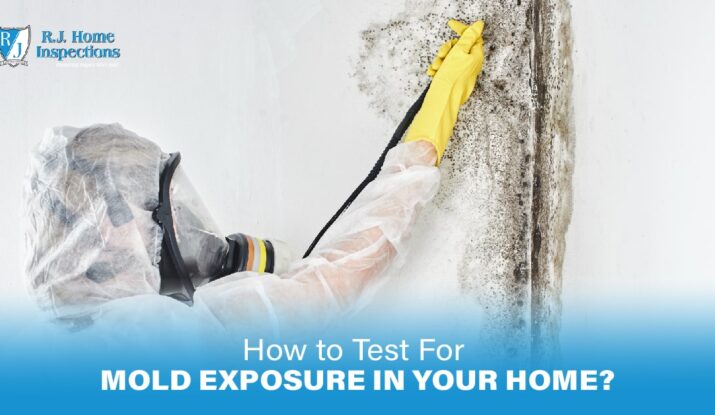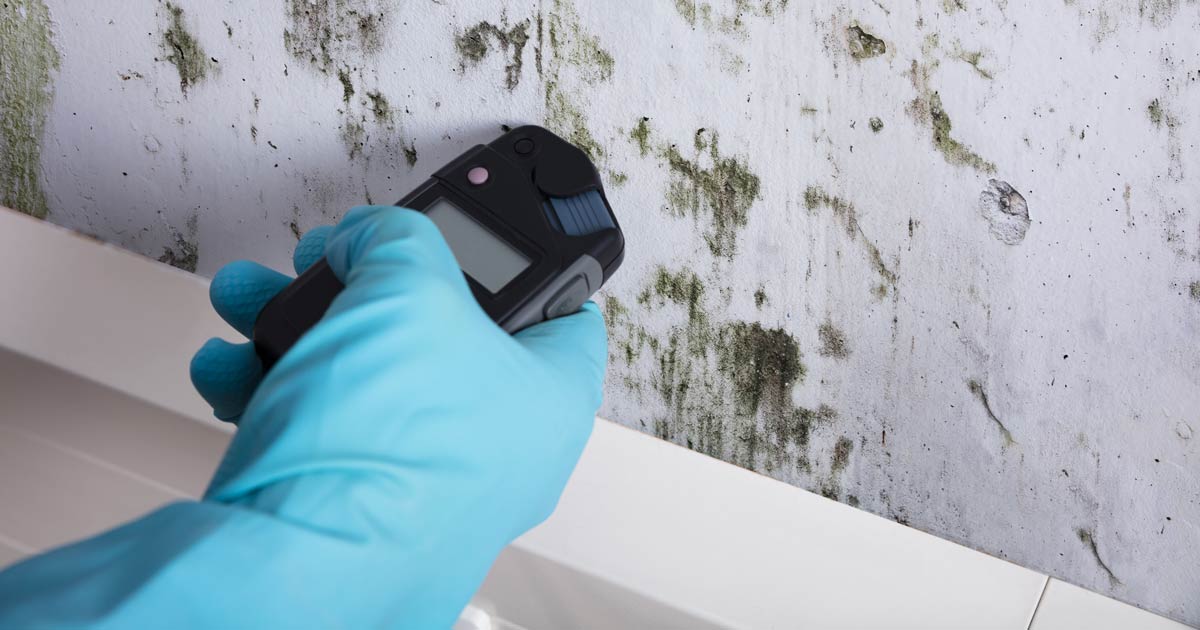Comprehensive Solutions for Your Mycotoxin testing Services Requirements
Comprehensive Solutions for Your Mycotoxin testing Services Requirements
Blog Article
Why Mycotoxin Screening Solutions Are Important for Protecting Public Health
The significance of mycotoxin testing solutions in guarding public health and wellness can not be overemphasized. Mycotoxins, hazardous compounds produced by fungis, posture serious health risks such as liver damage and cancer when existing in food and feed.
Comprehending Mycotoxins
Understanding mycotoxins is essential for ensuring food security and shielding public health. Mycotoxins are hazardous compounds generated by particular kinds of fungis, generally found in food and feed crops. These fungis can multiply in a range of problems, especially in damp and cozy atmospheres, causing contamination during pre-harvest, storage, or processing stages. One of the most prevalent mycotoxins consist of aflatoxins, ochratoxin A, fumonisins, and trichothecenes, each with distinct chemical structures and toxicological homes.
The presence of mycotoxins in foods can jeopardize their security and high quality. They are resistant to standard food processing methods, therefore continuing the food supply chain and posturing prospective threats. Regulative bodies worldwide, such as the Food and Farming Company (FAO) and the World Health And Wellness Company (WHO), have actually set rigid limits on acceptable degrees of mycotoxins in foodstuff to reduce their adverse impacts.
Effective mycotoxin administration entails comprehensive surveillance and screening to detect and quantify their levels in agricultural items. This aggressive strategy assists in identifying polluted batches early, thereby avoiding their intro into the marketplace. Applying stringent mycotoxin controls is essential for maintaining food safety and security standards and securing consumer health.
Wellness Threats of Mycotoxins

Direct exposure to mycotoxins poses considerable health and wellness threats to both pets and human beings, requiring watchful surveillance and control measures. These poisonous second metabolites, generated by specific fungi, can contaminate food and feed, causing acute and chronic health and wellness concerns. In humans, mycotoxins such as fumonisins, aflatoxins, and ochratoxins can cause a variety of adverse results, consisting of liver damage, kidney poisoning, immune reductions, and even cancer causing results. Aflatoxins have been categorized as Group 1 carcinogens by the International Agency for Study on Cancer (IARC), indicating a tested web link to liver cancer cells.

Offered these extreme health repercussions, it is crucial to execute durable mycotoxin testing methods. Accurate discovery and quantification of mycotoxins in food and feed are important to mitigate wellness risks and ensure public and animal safety.
Usual Resources of Contamination

In addition to cereals, nuts such as pistachios, peanuts, and almonds are very susceptible to mycotoxin contamination. Aflatoxins, a potent kind of mycotoxin, are commonly located in these nuts, especially when storage problems are suboptimal. Dried out fruits, including raisins, figs, and apricots, additionally existing abundant premises for fungal development due to their high sugar material and moisture-retaining homes.
Moreover, contamination is not limited to raw farming products. Processed foods, pet feeds, and milk items can likewise have mycotoxins if the initial ingredients were infected. This extends the threat of exposure throughout the food supply chain, requiring strict monitoring and control measures.
Recognizing the usual resources of mycotoxin contamination is essential for executing efficient preventative approaches. Reducing these dangers at the resource can dramatically reduce the occurrence of mycotoxin-related health problems, safeguarding public health.
Testing Procedures and techniques
Reliable mycotoxin management rests on the precision and dependability of testing approaches and methods. Advanced logical techniques are utilized to discover and quantify mycotoxins in different substratums, making sure public health and wellness security. High-Performance Liquid Chromatography (HPLC) paired with mass spectrometry (MS) is a gold requirement in mycotoxin testing, providing click here for more high sensitivity and uniqueness. This technique allows for the exact detection of multiple mycotoxins in complex matrices, such as food and feed items.
One more extensively made use of method is Enzyme-Linked Immunosorbent Assay (ELISA), which uses rapid testing and is affordable for large sample volumes - Mycotoxin testing Services. ELISA sets are beneficial because of their simplicity of use and fast turnaround time, making them ideal for on-site testing
Sampling protocols are equally vital. Proper sampling makes certain that the gathered specimens are depictive of the entire set, thus decreasing the threat of incorrect negatives or positives. Adherence to established guidelines, such as those given by the International Company for Standardization (ISO) and the European Board for Standardization (CEN), is necessary for preserving uniformity and dependability throughout testing practices.
Rigorous recognition of these procedures and techniques is important. It ensures reproducibility and accuracy, therefore fortifying the stability of mycotoxin monitoring systems.

Benefits of Normal Testing
In the realm of food security and agricultural quality control, the advantages of normal mycotoxin screening can not be overemphasized. Constant testing guarantees that farming items satisfy safety and security requirements, thereby protecting consumers from the damaging results of mycotoxins, that include liver damage, immune reductions, and also cancer cells. By recognizing infected sets early, normal testing enables timely intervention, avoiding such products from entering the food cycle.
Furthermore, routine mycotoxin testing is pivotal for maintaining the stability and credibility of food producers and suppliers. Firms that commit to normal testing demonstrate their devotion to public wellness and food security, consequently obtaining consumer count on and commitment. This positive method can likewise reduce monetary losses related to product remembers, lawful responsibilities, and potential trade restrictions.
Additionally, regulatory compliance is a considerable aspect of the agricultural sector. Regular mycotoxin testing guarantees see here now adherence to international and nationwide guidelines, facilitating smooth profession operations and market access. This is specifically essential for merchants who should fulfill strict safety and security criteria imposed by importing countries. Eventually, routine mycotoxin testing not just secures public health but additionally fortifies the financial security and international competitiveness of the agricultural market.
Final Thought
Mycotoxin testing services play a vital role in public wellness protection by determining and reducing the threats postured by toxic fungal Bonuses substances in food and feed. By spotting contamination early, these services protect against significant health issues such as liver damage and cancer, guaranteeing conformity with governing standards. Normal screening boosts consumer count on, sustains the integrity of the farming field, and ultimately contributes to the securing of food safety and security and public health and wellness.
The relevance of mycotoxin testing solutions in protecting public wellness can not be overemphasized.Recognizing mycotoxins is vital for guaranteeing food safety and securing public health and wellness. Mycotoxin testing Services. Regulative bodies worldwide, such as the Food and Farming Company (FAO) and the World Health And Wellness Company (THAT), have set strict limitations on appropriate levels of mycotoxins in food products to minimize their unfavorable impacts
Ultimately, normal mycotoxin screening not only secures public health and wellness yet likewise strengthens the economic stability and worldwide competition of the farming market.
Mycotoxin screening solutions play an important duty in public health and wellness defense by determining and mitigating the dangers postured by poisonous fungal substances in food and feed.
Report this page